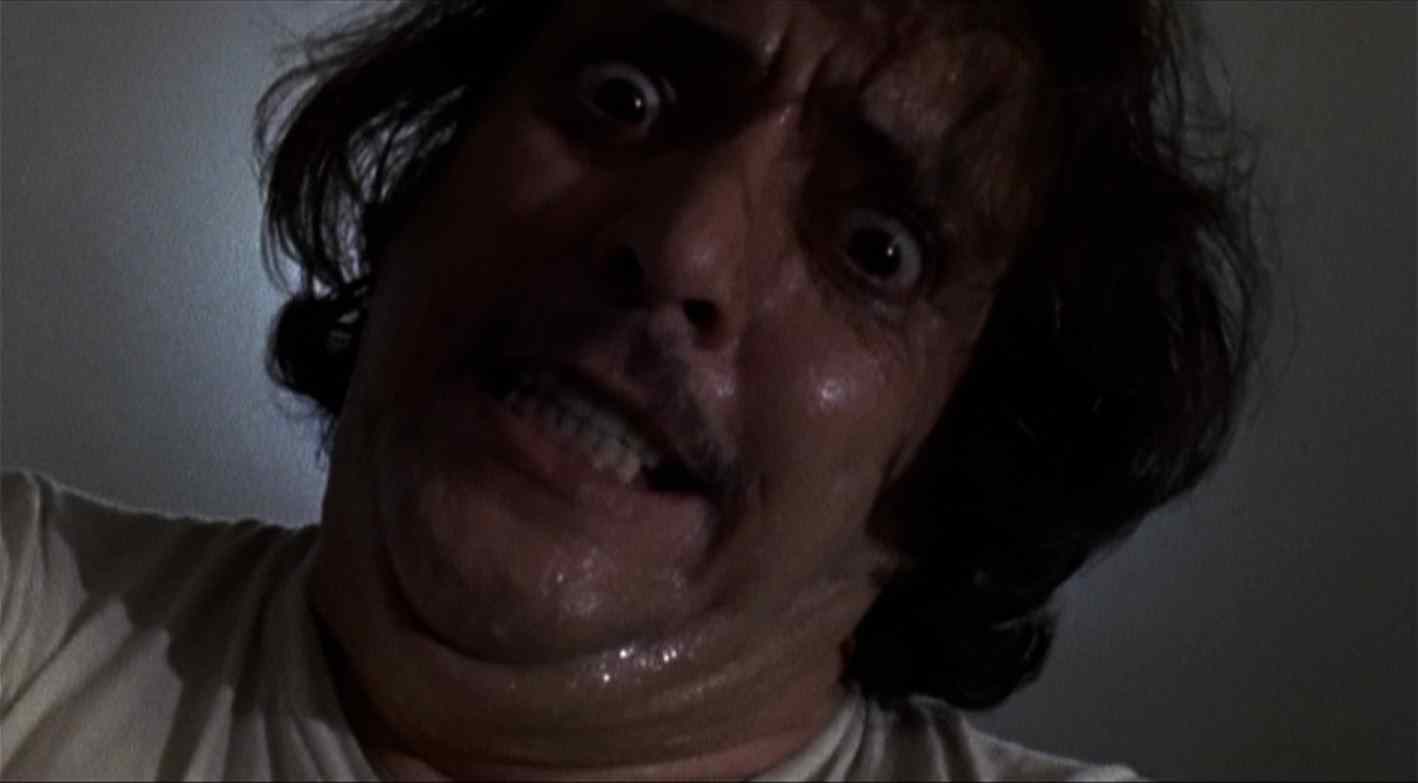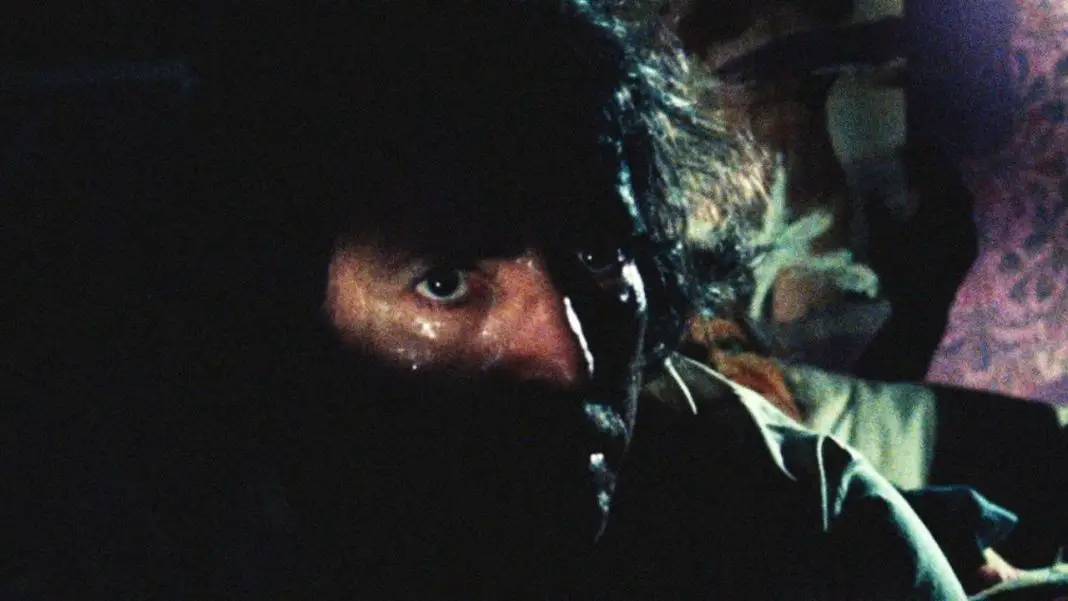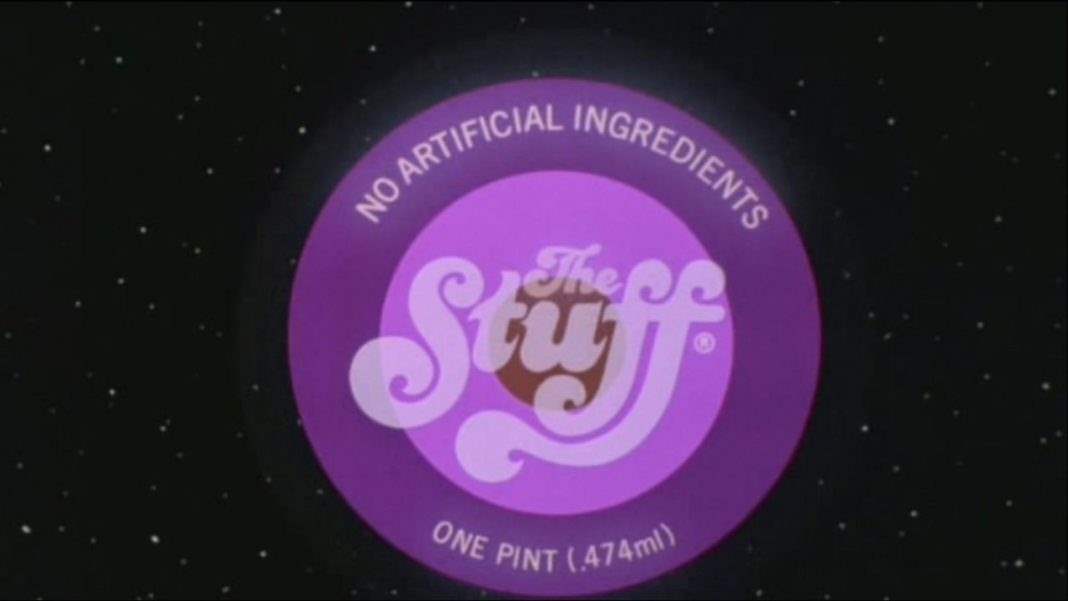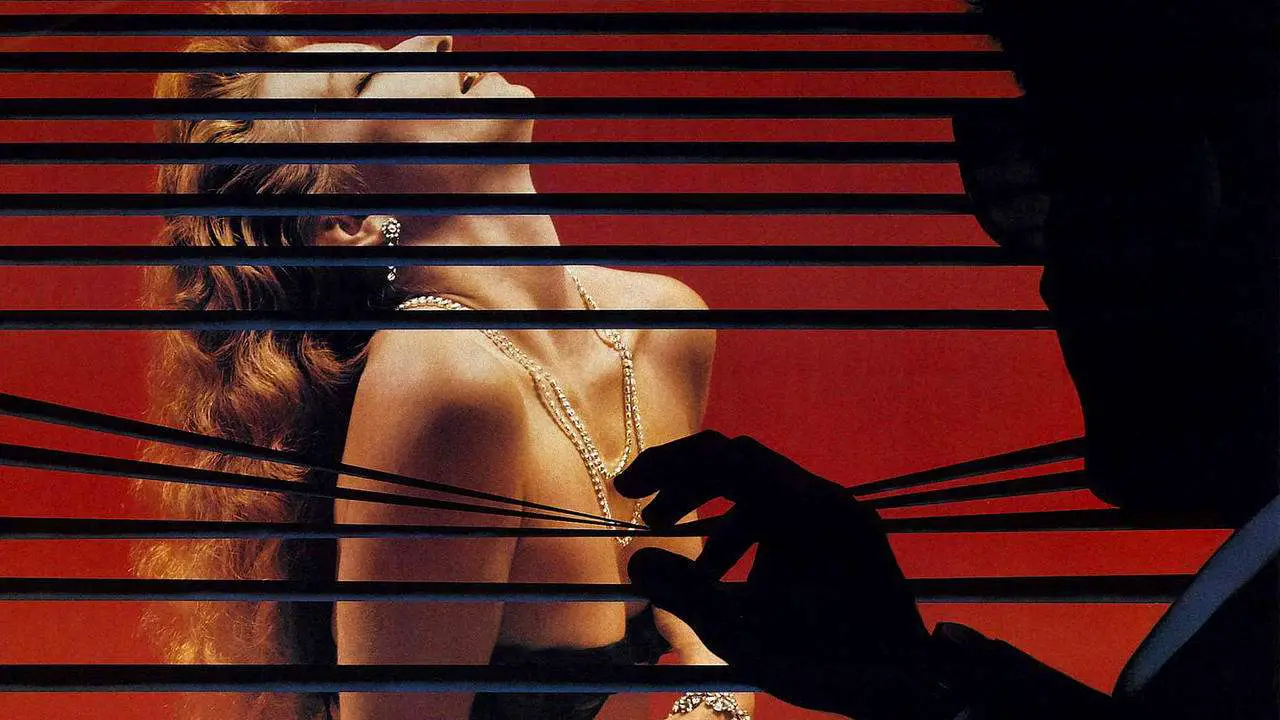William Lustig’s Maniac is a disturbing movie. There are gorier films out there, to be sure, and there are films that went further in terms of violent extremes. But Maniac still feels like one of the most disturbing films ever made and most of that is due to its tone. The movies that are more twisted, by and large, look like movies. Maniac looks like it’s really happening. It feels like an accidental insight into the mind of serial killer Frank Zito, as if you’ve stumbled across something you really weren’t supposed to see.
In many ways, that’s the best way to describe the movie. It’s voyeuristic, offering a different take on the slasher movie by putting the audience in the killer’s shoes. Unlike its remake, Maniac is not actually shot from Frank’s point of view, but it makes no difference. From beginning to end, we are firmly planted inside his head and it’s probably the last place anyone wants to be.
This is such a straightforward portrayal of one man’s insanity that, by the end of it, you can’t really be sure what was real and what wasn’t. Zito is haunted by his mother, who he killed in typical Psycho-esque fashion. He imagines her coming to visit him, berating him, every time he sees a new woman that he starts to take an interest in. Frank targets young ladies, specifically. As a trophy, he scalps each woman he kills and takes her hair back to his apartment where he uses them to dress his mannequins. He then talks to the mannequins, openly and freely, because he can’t talk to a woman without embarrassing himself or wanting to kill them.

Whereas Henry: Portrait of a Serial Killer explores many of the same themes as Maniac and has a similar uncomfortable tone, it still has a few cultural things to say and makes some semblance of an artistic statement. Maniac avoids all of that, which is not a slam against the movie. It is clearly a conscious decision. There is no artistic statement to be made with Maniac. The movie is not saying anything. The movie just is. This is a flat representation of the ugliest side of life imaginable. We’re taking a look at New York City through the eyes of the last person we want to see any side of life from.
What really makes Maniac work is that clearly we do want to see these things. For some reason, we want to see what’s going on inside the mind of a man like Frank Zito and we want to see the things he is going to do. There’s nothing inherently wrong with the movie or the people who watch it. If anything, it’s almost a sort of healthy exercise to step out of your own life for a moment into something that—while horrific and psychotic—is a controlled environment. People like Frank can’t turn themselves on and off, the way we can simply pause or exit the movie.
 What really sells Frank as a character is Joe Spinell’s performance, because he doesn’t feel like an actor. Because of its incredibly small budget, you are definitely aware that many of the characters are acting. Some would argue that’s what stops it from totally feeling like a snuff film, but I think as disturbing as Maniac can be it is still several degrees removed from snuff. It’s fake. It’s as real as can be within the confines it had to work with, but that doesn’t make it truly real.
What really sells Frank as a character is Joe Spinell’s performance, because he doesn’t feel like an actor. Because of its incredibly small budget, you are definitely aware that many of the characters are acting. Some would argue that’s what stops it from totally feeling like a snuff film, but I think as disturbing as Maniac can be it is still several degrees removed from snuff. It’s fake. It’s as real as can be within the confines it had to work with, but that doesn’t make it truly real.
Spinell’s almost an exception to this. He doesn’t sound or look like an actor. He’s not a charming, pretty leading man type. To put it bluntly, he’s an unattractive man, but the movie depicts an unattractive world and he works great as the figurehead of that.
The murderous rampage Frank embarks on is entertaining, perhaps despite itself. As the gore ramps up towards the end, the audience becomes more and more desensitized to it. This is where it becomes more of a spectacle. But it still works, given that we’re seeing things through Frank’s eyes. The explosive Savini effects and the gory showcase of the film’s last act just mean that Frank is enjoying the work that he’s doing. He’s not as ashamed of his actions or himself the way he was at the beginning. The feeling we’re left with at the end of all this is a very bittersweet one.
While the audience is not necessarily rooting for Frank, he is the protagonist and people are at least invested in him. There’s some perverse interest in seeing how he’s going to get out of this as things begin to look worse and worse for him. And luckily, whether by his own imagination, actions, or supernatural force he gets what’s coming to him. But we’re not cheering when that happens. In some ways it’s hard to recommend a movie that intentionally leaves you empty, but that’s what Maniac sets out to do and it does that very well.





